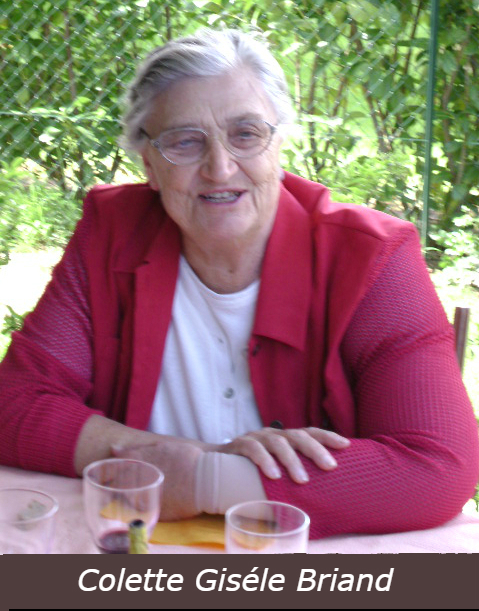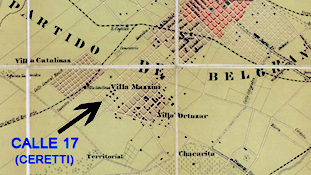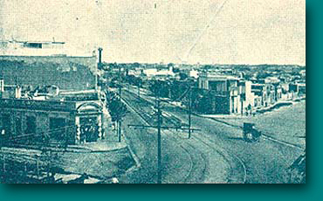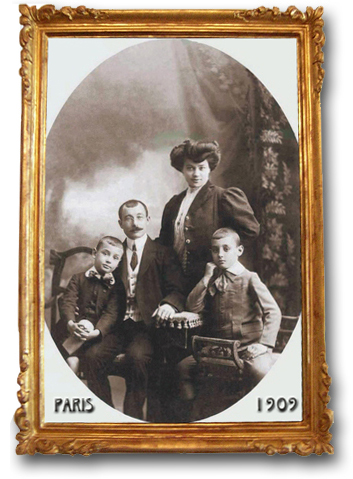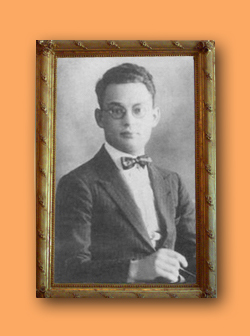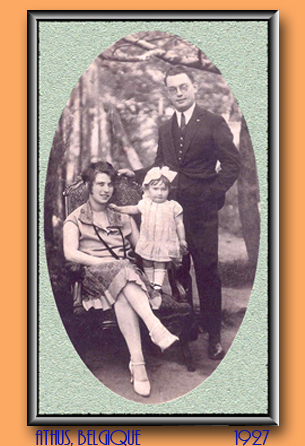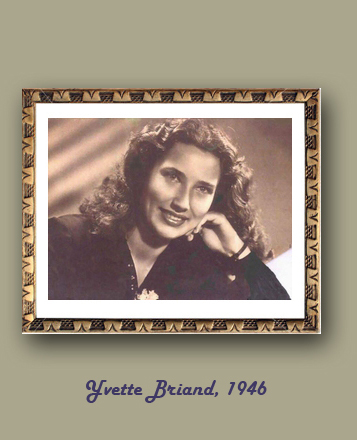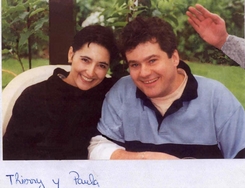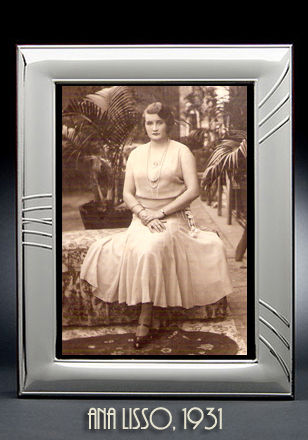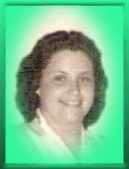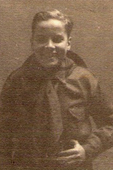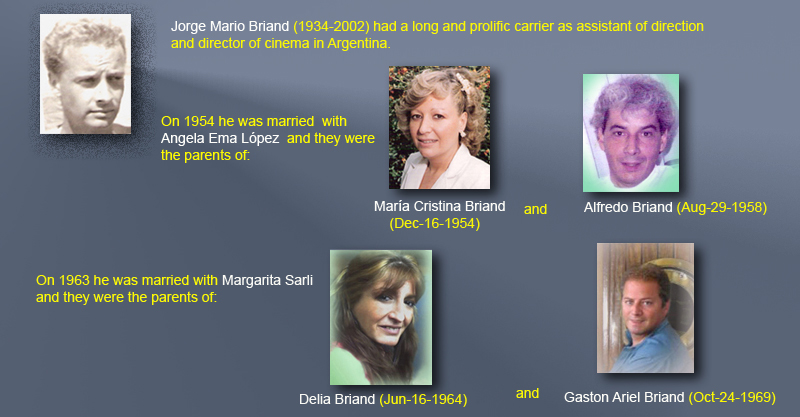|
|
||
 |
||
|
Buenos Aires, in 1895 was a City in total expansion: economic, social, architectural. There was the age of « Progress ». Argentina « was updating » and setting in synchrony with the most important cities of the world. And they had the budget to develop it : exportation of cattle products was at its top in all the world. Then the president was José Evaristo Uriburu, a democratic with progresist ideas. Buenos Aires was requiring a lot of hand labor, and european countries were expulsing waves of immigrants to Argentina, where they found well payed jobs and sufficient alimentation for everyone. |
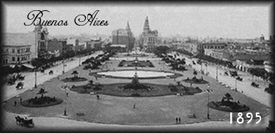 |
The National Census of 1895 showed these results : 4 millions of inhabitants in the country and 633,000 in BuenosAires.The aliens were 27,000 more individuals than argentinians. All Buenos Aires was growing up throughout public work and constructions and was needed more and more jobs to mantain that structure. That year was inaugurated the first electric usine and the first bulbs were set in the city streets. They brought to the country the first car with engine, a Benz, for the amazement of the citizens. There showed up the first electric tramway. The cinema was projected for the first time at the Odeon Theatre. |
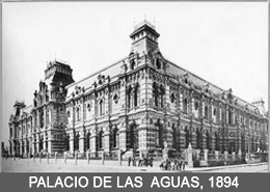 |
In 1894 was inaugurated the impressive Palace of Waters, in Cordoba and Ayacucho, a building with blend of several architectural styles which was one of the most important constructions of that age. Bicycles started to replace horses and the Cyclism Club was founded at that year. Buenos Aires developed vertiginously.
|
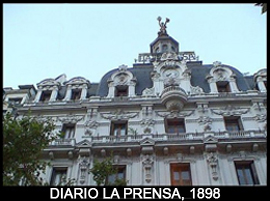 |
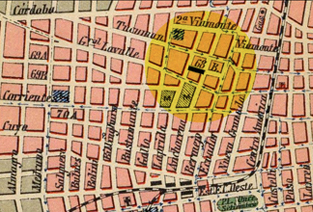 |
My grandfather Gaston Briand met in 1895 Eugénie Dartevelle, a 15 years old french girl, born in Château Regnault, Ardennes, daughter of Jules Dartevelle and Céline Fontaine. She lived two doors next from his house and was arrived to Buenos Aires with her family in 1889. He married her in December 13th 1895, at his 19 years old. On their act of marriage was written that he lived at : « 161 68th B Street » and Eugénie « 169 68th B Street ». This street is now called Zelaya and is located behind the old Wholesale Food Market. (Mercado de Abasto). <At left, map of David Rumsay Collection, Buenos Aires, 1892.
|
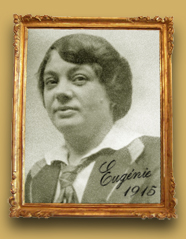 |
|
On this photo we can see the first Wholesale Food Market supplier of Fruits and Vegetables in 1893. It was built on an almost empty area with very few houses around. There came the first sewers and current water to the neighbourhood, and the first electric tramway started to run on Corrientes Street.
|
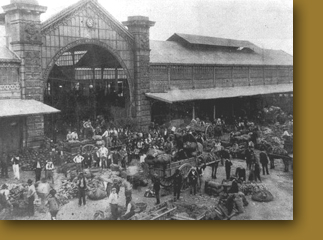 |
The neighborhood started to be populated with workers immigrants. Then were showing up buildings for rent and houses for immigrants. On 1900, the area was transformed in a zone of restaurants, night clubs, whorehouses and efficiencies. At the Abasto's neighbourhood Carlos Gardel raised up and lived on there all his life.
|


